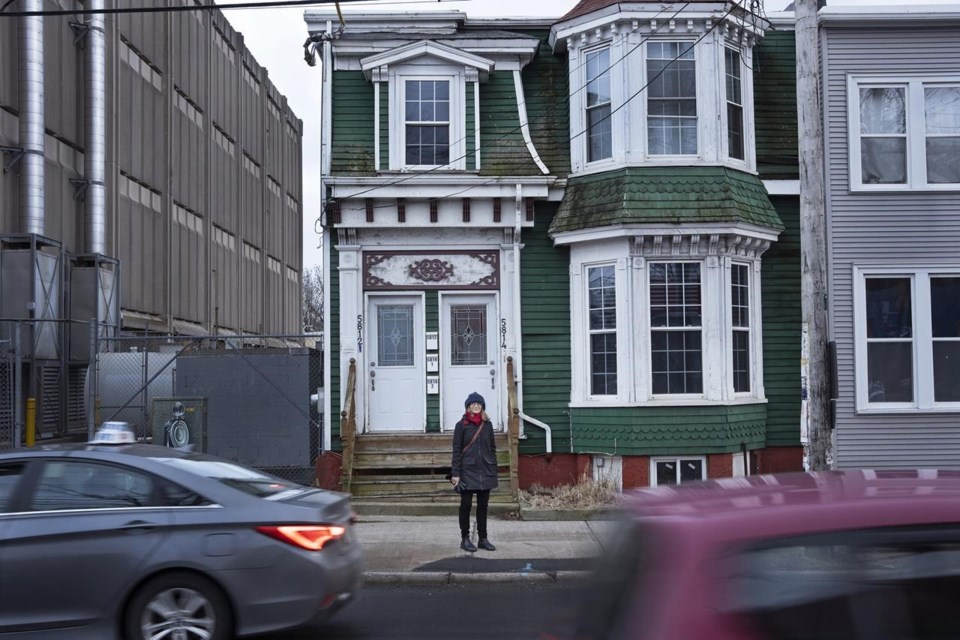HALIFAX — A home once owned by Nova Scotia's first Black doctor was granted heritage status Tuesday after prominent members of the city's Black community lobbied for its protection.
Halifax regional council voted in favour of adding the turn-of-the-century house to the registry of heritage properties, with one councillor suggesting Dr. Clement Ligoure's former home could be transformed into a health clinic for the African Nova Scotian community.
Coun. Lindell Smith, whose north-end district includes the house, said the city should do more than install a plaque on the two-storey rental property on North Street.
"I don't think we should rely on buildings to preserve Black heritage," he told the council meeting. "There's a lot more to it."
Originally from Trinidad, Ligoure graduated in 1916 with a medical degree from Queen's University in Kingston, Ont. He then moved to Halifax, where he helped recruit the No. 2 Construction Battalion, Canada's only all-Black unit to serve during the First World War.
The battalion was established after the Canadian military made it clear that Black men would not be allowed to serve in combat roles because white soldiers refused to fight with them. Ligoure had planned to be the battalion's medical officer, but he was turned down.
And even though he was a licensed physician, Ligoure was denied hospital privileges in Halifax. He responded by opening his own clinic in his home, which he called the Amanda Private Hospital — named after his mother.
He also served as editor and publisher of Nova Scotia's first Black newspaper, the Atlantic Advocate. It was published from his home.
Ligoure is perhaps best known for what he did on Dec. 6, 1917, when a collision between two wartime ships in Halifax harbour caused a blast that killed almost 2,000 people and injured another 9,000.
In the following weeks, Ligoure worked around the clock at his clinic and in the city's devastated streets, treating hundreds of blast victims. None of the patients were charged a fee, according to records in the city's archives.
His home on North Street was built in 1892. It represents two architectural styles that were typical of that time: Queen Anne Revival and Second Empire style. At one point, half of the building was torn down to make way for development, but the city's heritage advisory committee determined that what remains is worth recognizing.
Community activists were worried the house could be demolished to make way for a new project, but Smith said neither the city nor the property owner — a local developer — had any such plans.
"The owner was very clear," Smith told council. "There was no intention to demolish this property .... No matter what, they're happy with whatever decision we make."
Smith said talks are underway with Nova Scotia Health about transforming the house into a clinic, but he stressed those discussions are at the preliminary stage.
Peggy Cameron, director of the Friends of Halifax Common — a group that works to protect public space in the city — said council's decision marked a step forward for Ligoure's legacy.
"The city council understood the value of the property, and it's hoped they will work with the developer … to have something appropriate done with the property in the future," said Cameron, who drafted the application for the heritage designation.
Cameron said she was thrilled to learn of Smith's suggestion for a health clinic, but she stressed that more work needs to be done because the heritage status may not be enough to protect the building from demolition if the owner decides to redevelop the property.
"The future for the house remains unclear," she said. "There's still a lot of questions unanswered."
This report by The Canadian Press was first published Jan. 24, 2023.
Michael MacDonald, The Canadian Press



